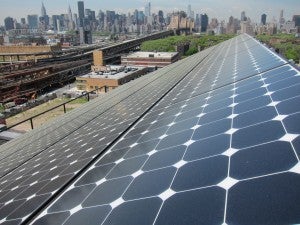 Late last month, New York took a major step toward rethinking utility economics when it issued the “Order Adopting a Ratemaking and Utility Revenue Model Policy Framework” (also known as Track 2 Order). This action aims to better align New York’s electricity system with Reforming the Energy Vision (REV), the state’s initiative to transform the electric grid into a cleaner, more efficient, and affordable system.
Late last month, New York took a major step toward rethinking utility economics when it issued the “Order Adopting a Ratemaking and Utility Revenue Model Policy Framework” (also known as Track 2 Order). This action aims to better align New York’s electricity system with Reforming the Energy Vision (REV), the state’s initiative to transform the electric grid into a cleaner, more efficient, and affordable system.
But buried in this 180-plus page document is another important development for New York’s clean energy future: Nearly 10 pages are dedicated to re-examining the state’s controversial standby tariff.
Frequently cited as a major obstacle to distributed power generation (e.g. combined heat and power (CHP) systems, rooftop solar panels, energy efficiency, and storage), the standby tariff is a special electricity rate charged to large commercial and industrial customers who produce some of their own electricity but remain connected to the grid. While utilities say they need standby tariffs to recover the costs of maintaining a reliable electric grid, many potential and existing large electricity customers producing their own power see standby tariffs as perversely designed to undermine the business case for distributed generation.
Unless the standby tariff is fixed in a manner that clears the way for investment in customer-owned and sited distributed generation, it will be hard to make REV’s revolutionary vision for a decentralized, competitive electricity market a reality. Read More










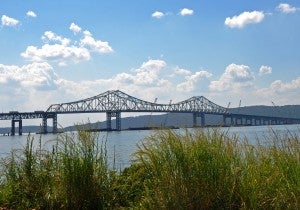
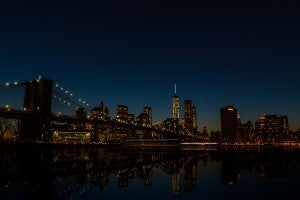 Throughout the United States, utilities earn a profit through a tried and true regulatory model that has worked well for over 100 years. This model was built on the assumption that customers would use ever increasing amounts of electricity, and it worked for some time. But, as the need to save power and make electric systems more efficient becomes essential to adapt to climate change, this and other assumptions no longer hold true. Without changing how utilities are compensated, we run the risk of experiencing a true irony: utilities, the cradles from which our modern civilization rose, may become the chains preventing us from advancing toward a clean energy future.
Throughout the United States, utilities earn a profit through a tried and true regulatory model that has worked well for over 100 years. This model was built on the assumption that customers would use ever increasing amounts of electricity, and it worked for some time. But, as the need to save power and make electric systems more efficient becomes essential to adapt to climate change, this and other assumptions no longer hold true. Without changing how utilities are compensated, we run the risk of experiencing a true irony: utilities, the cradles from which our modern civilization rose, may become the chains preventing us from advancing toward a clean energy future.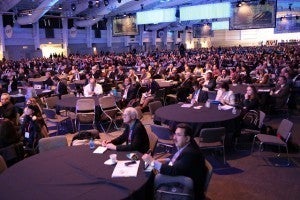
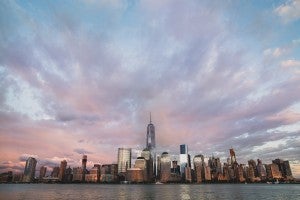 Superheroes are all the rage these days. Whether at the theater or on our TV screens, we are surrounded by stories of powerful men and women working to make the world a better place.
Superheroes are all the rage these days. Whether at the theater or on our TV screens, we are surrounded by stories of powerful men and women working to make the world a better place.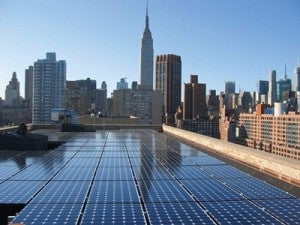 New York is preparing for a
New York is preparing for a